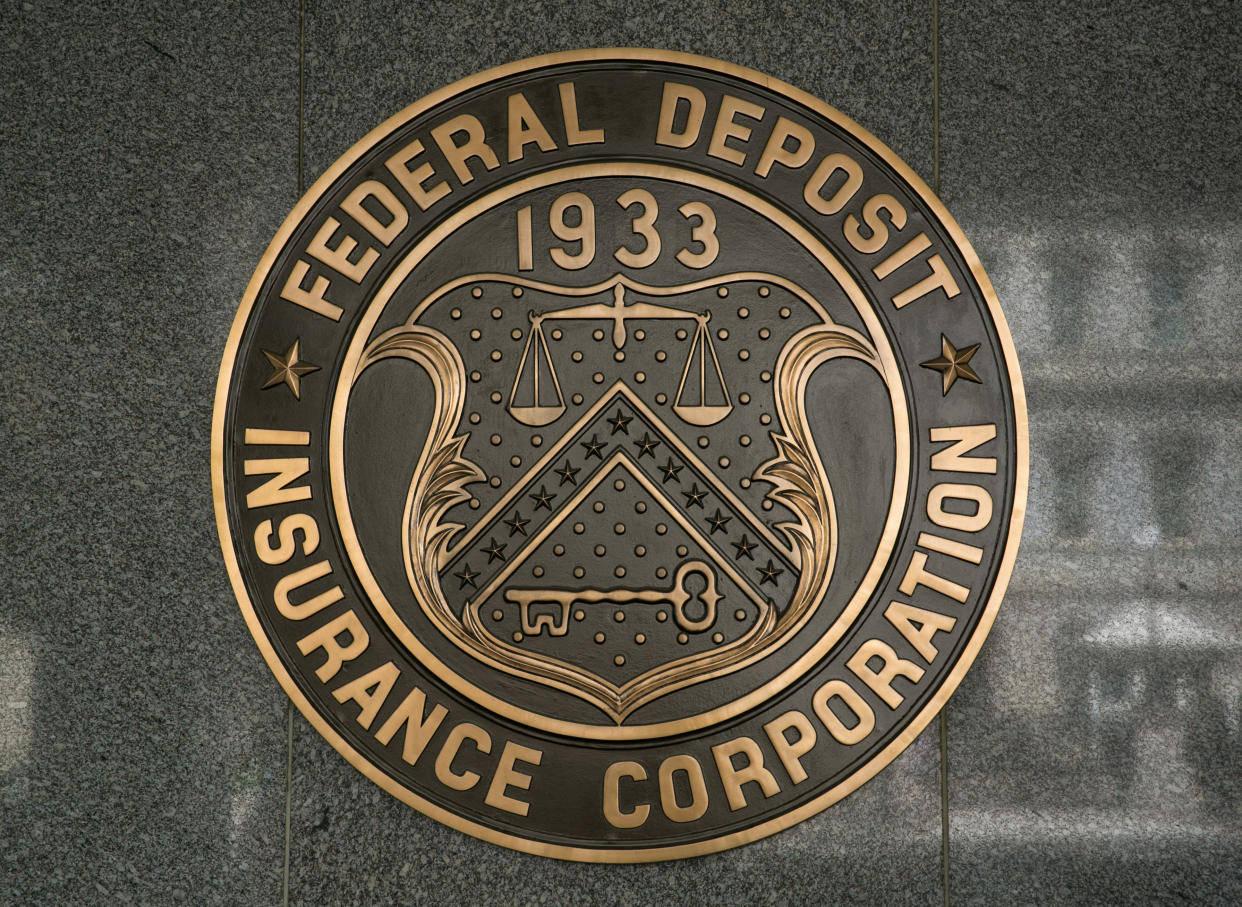Here's what could happen next to crypto-friendly bank Silvergate Capital
Once a crucial banking partner for the crypto firms, Silvergate Capital (SI), is now on the cusp of failure.
The La Jolla, California-based company said Friday evening that it's suspending its Silvergate Exchange Network (SEN) but “other deposit-related services remain operational.”
The announcement came about an hour after Moody’s downgraded Silvergate’s bank deposit rating from Ba3 to Caa1, a blow that judges the bank's obligations to be subject to very high credit risk.
In November, Silvergate faced both financial losses and regulatory probes largely due to the collapse of significant clients such as FTX and related hedge fund Alameda Research.
Silvergate’s stock, which plummeted Thursday and Friday, is down 95% over the past year.
On Thursday, the California state-chartered bank said it needed to further delay its annual report and that it anticipated further losses beyond a nearly one billion drop in net losses it reported in January preliminary results for Q4.
The bank also cited pending regulatory investigations, lawmaker inquiries, and its “ability to continue as a going concern for the twelve months following the issuance of these financial statements.”
Silvergate faced a run on deposits by the crypto firms it banked including Coinbase, Paxos, Galaxy Digital and others, who made an effort to distance themselves from the troubled bank.
What happens next?
In a worst case scenario, Silvergate may file for bankruptcy.
More likely, the FDIC-insured bank, Silvergate Bank, could go into receivership.
Not unlike bankruptcy, receivership acts as a “protective umbrella” where a “receiver” or trustee is appointed to take over the business with the ultimate goal of protecting creditors — especially those with secured loans.
Unlike bankruptcy, receivership is not a legal action and it's geared to protecting a company’s lenders instead of borrowers (as is the case in bankruptcy).
Jesse Austin, a former partner with King & Spaulding’s bankruptcy practice, explained that in this instance the decision and execution for receivership will be made by two banking regulators - the Federal Deposit Insurance Corporation (FDIC) or California's Department of Financial Protection and Innovation (DFPI) - who could declare Silvergate Bank inadequately capitalized.
“If California's baking regulator or the FDIC finds Silvergate under-capitalized, the FDIC will then come in and close down the bank,” Austin told Yahoo Finance.

Though bankruptcy code specifically prevents a bank from filing for chapter 11 or chapter 7 bankruptcy, Austin said that Silvergate’s holding company, Silvergate Capital, could still file for bankruptcy — especially if it has other valuable assets besides customer deposits.
Along with Silvergate’s SEN network, the company also owns stablecoin assets purchased from Meta’s shuttered stablecoin project, Diem, in January of last year for 1.2 million shares and $50 million in cash.
The crypto-friendly bank's troubles follow joint statements from January and February issued by the Federal Reserve with FDIC and OCC that warned of the volatility risks of banks that catered to crypto clients assume.
In light of Silvergate's position, the statements raise further questions whether U.S. banks will become "a lot more gun shy" to the digital asset industry, constraining access for crypto firms, according to a banking industry source familiar with Silvergate's capitalization.
"On the one hand, if crypto is going to be out there and Americans are putting their dollars into it, don't you really want those dollars to be held in U.S. versus foreign banks?" this person, who requested anonymity to speak freely about Silvergate, told Yahoo Finance. "Maybe it's not that if you're a bank you can't take those types of deposits, but you need to limit them by proportion on your balance sheet."
How Silvergate reached the brink
Silvergate became a regional bank in 1996, but it wasn’t until 2014 that CEO Alan Lane chose for the company to begin servicing crypto clients like the now-bankrupt Genesis.
The company carved out a niche for itself by giving banking access to a growing number of crypto startups, and the bank's offerings evolved into a formalized payments platform known as the Silvergate Exchange Network, where 24/7 operating crypto depositors could make U.S. dollar transfers and loans outside traditional banking hours.
Silvergate held $1.8 billion in total deposits and $2 billion in assets at the end of its 2018 fourth quarter. By crypto's peak in 2021, its total deposits and assets had risen to $14.3 billion and $16 billion, respectively.

Following the bankruptcy of crypto exchange FTX, Silvergate's total deposits and assets fell to $6.2 billion and $11.3 billion by the end of last year's fourth quarter.
With that drop in deposits, Silvergate’s capital relative to its assets shrank by half. This leverage ratio fell from 10.7% in its third quarter to 5.3%, a level of specific concern for banks with regulators having reason to step in for any U.S. bank below 5%.
"The difficulty here is that Silvergate was not a huge bank," the banking industry source told Yahoo Finance. "They strategically grew their deposits by working with crypto companies, but their crypto deposits became much larger than the rest of their business."
David is a reporter for Yahoo Finance. Follow him on Twitter @DSHollers
Read the latest financial and business news from Yahoo Finance
